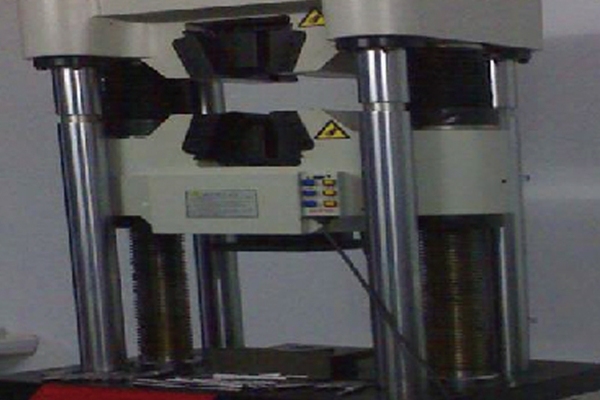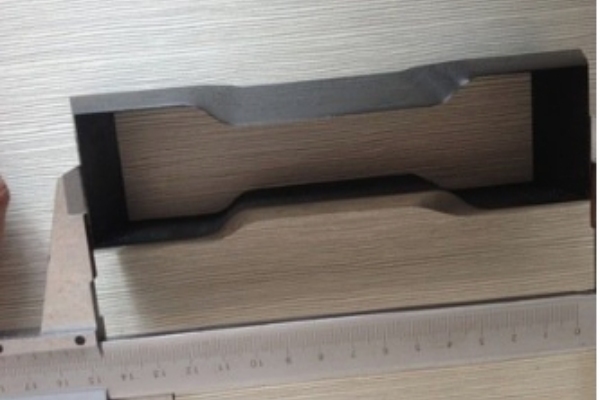Mechanical property testing plays a very important role in the field of materials science and engineering. Among them, the upper yield strength is a key mechanical property index, which can help us to understand the performance of materials in the process of stress. In this paper, we will discuss the definition of upper yield strength, measurement methods, influencing factors and its application in engineering design.
Definition of Upper Yield Strength
Upper yield strength is the maximum value of stress that a material can withstand during stress. It is the critical point at which a material begins to deform plastically, beyond which visible deformation is induced. Upper yield strength is usually expressed as a strength value or a stress value, e.g., maximum load capacity per unit area or maximum stress. It is a measure of a material's ability to resist plastic deformation.

Measurement of Upper Yield Strength
Measuring upper yield strength requires the use of an appropriate test method. One of the commonly used methods is the tensile test. In a tensile test, the specimen is stretched and the applied tensile force is gradually increased until the specimen begins to deform plastically. At this point, the measured tensile stress is the upper yield strength. There are also other methods such as compression test and torsion test for different shapes and types of materials.
Factors affecting Upper Yield Strength
Upper yield strength is affected by a number of factors. Firstly, the composition and structure of the material have a significant effect on its strength. Materials with different compositions have different crystallinity, grain size and grain boundary properties, which affect their upper yield strength. Secondly, temperature is also a key factor. The molecular dynamics of materials increase at high temperatures, making them more susceptible to plastic deformation, leading to a reduction in the upper yield strength. In addition, external stresses and the deformation rate of the material also have an effect on the upper yield strength.
Application of Upper Yield Strength in Engineering Design
Upper yield strength has important applications in engineering design. First, it can be used to determine the reliability and durability of a material. By understanding the upper yield strength of a material, engineers can rationally select materials for use in different engineering scenarios to ensure the safety and stability of engineering structures. Secondly, the upper yield strength is also an important parameter for guiding the processing of materials. Different materials and processing techniques will have different impacts on the upper yield strength, so it is necessary to reasonably grasp the upper yield strength of materials in the engineering manufacturing process to ensure product quality.

Conclusion.
Upper yield strength is a key parameter in the evaluation of material properties, and its measurement methods, influencing factors, and applications in engineering design are of great significance. The study and understanding of upper yield strength can promote the development of the field of materials science and engineering and improve the efficiency and quality of engineering design.